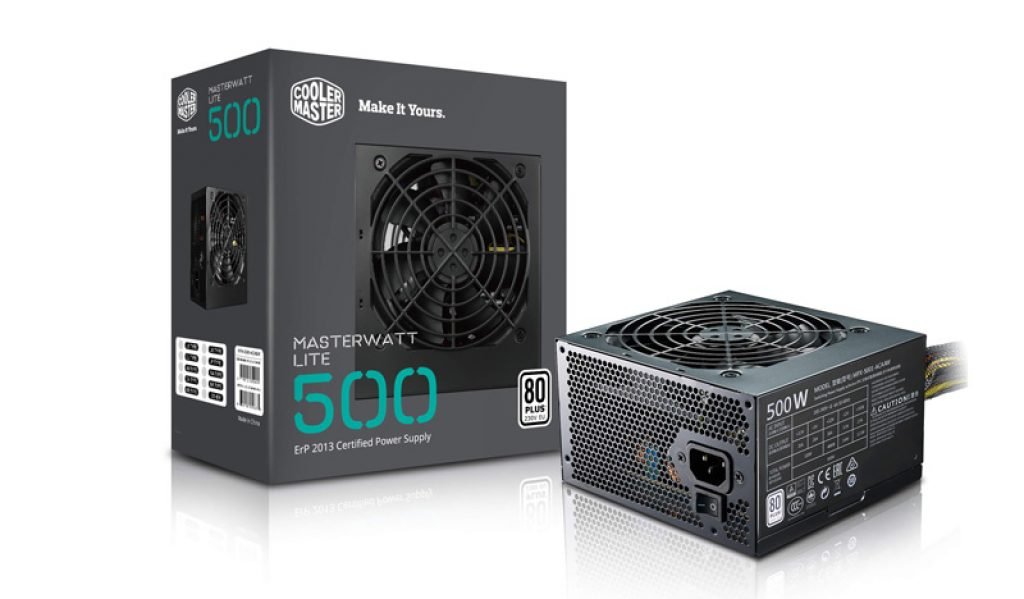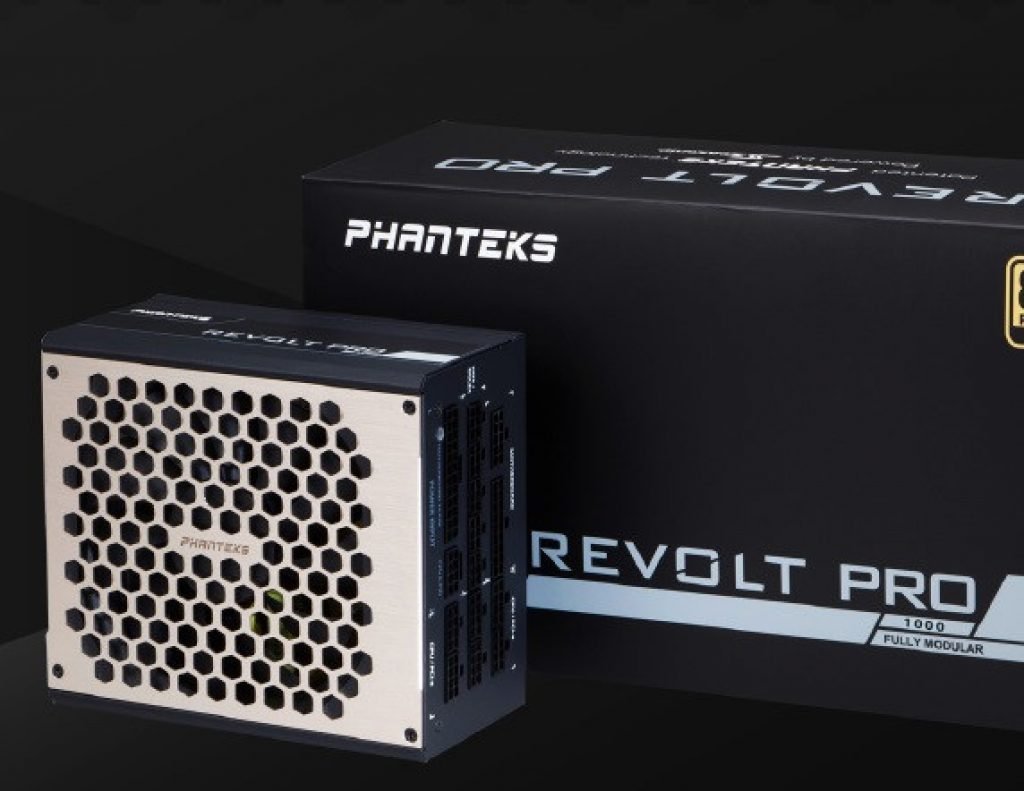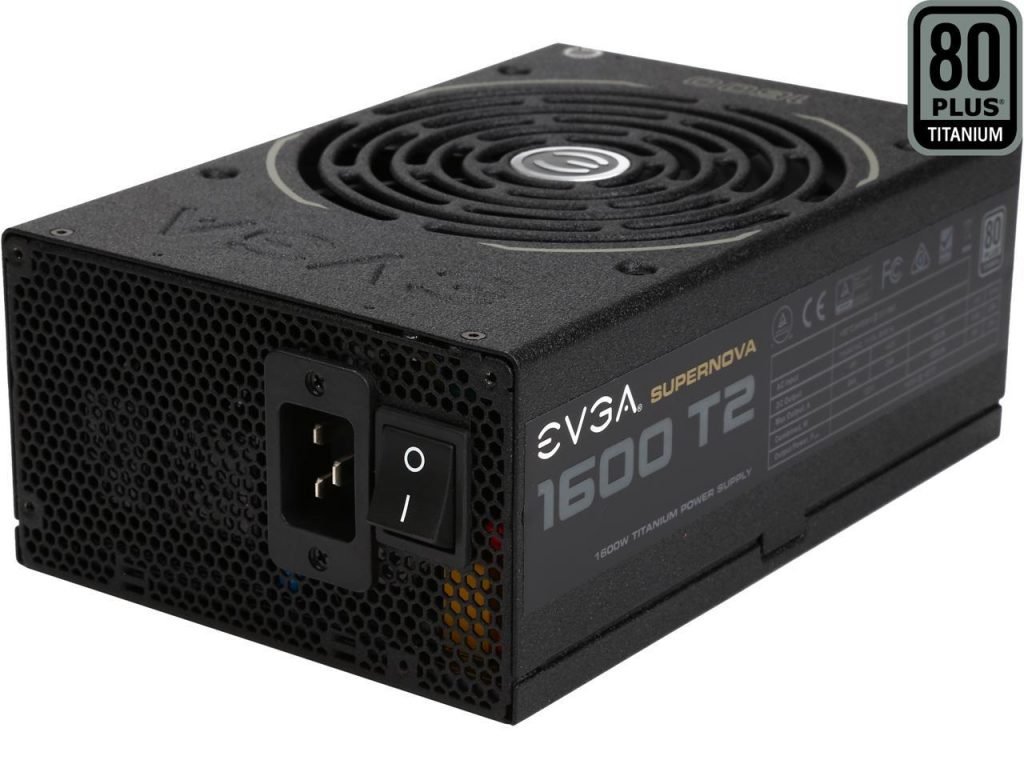Newbie’s Guide to Power Supplies & How to Understand Ratings
No, your power supply is not power limiting your graphics card! In this article, I will talk about some of the basics of power supplies. I received a lot of emails from readers asking about very basic things about power supplies. So, I made a detailed guide to answer all of their questions.
Power supplies have nothing glamorous about them. These days everyone loves to brag about their CPU, GPU, and even motherboard. You should know that power supplies are extremely important as they supply power to everything in your rig, and if they’re not good, your system isn’t going to perform any good.
Cheap power supplies are not prone to blowing up your system as they are prone to blowing up their own components. Many things that make a power supply more expensive than the other are must-haves versus nice to have.
Read this: 2 Easy Ways to Know What Power Supply do You Have, If you are unsure about your power supply.
Must-Haves
Must-haves things include high-quality capacitors, high-quality power delivery components inside of the power supply.
Remember, the power supply also regulates the power down from the power coming in from your wall socket.
In the United States, we use 120 volts for almost everything, whereas in Europe, it’s even more important because they are running on a 220-volt system, which is a much higher step down for the power supply.
The power supply applies power to all of your PC components through a 12 volt, 5 volts, or 3-volt system coming out of your power supply.
It is also responsible for being a transformer. It transforms all of that alternating current coming from your wall into a direct current (12 volts) that your computer can use.
If a power supply fails at transforming current, then that’s when things like fires happen. Components can get burned up or just straight-up dead systems that don’t turn on anymore.
So, if your system suddenly gets injected with way more power than it was ever intended to have, anything can go wrong. A good quality power supply with good quality components is a must-have, in my opinion.
But the question is, how would anyone know if it’s a good quality component? Well, there’s something called an 80+ rating, and that goes way back in the day when anything considered 80 percent efficient was considered a good power supply.
But in 2021, something that is 80 percent efficient is a pretty terrible power supply. Considering the improvement of components over the years and its efficiency ratings has led to way more colors or metals of the spectrum.

Each of those represents an efficiency factor. Now, what does it mean when it talks about efficiency. Well, that means the rated max delivery of these power supplies refers to the efficiency at which the power it draws from the wall to give you its max rated delivery.
So, if a power supply is pulling 650 watts from the wall at max, the power drawn is actually more than that because it has to pull more after the efficiency loss to give you the delivered rating.
You’ll notice in the above chart that there is a minimal difference in percentage once you get above gold. It’s a diminishing return, but you’ll get a percent or two better each time. At around 95-96 percent, power supplies these days are more efficient than they were a few years ago.
A better design and high-quality components inside make a power supply more efficient.
Nice-to-Haves
Now let’s talk about some nice-to-haves. For comparison, I have four different power supplies that couldn’t be any more different from each other.
MasterWatt lite 500

I have the very basic “Cooler Master MasterWatt lite 500 MasterMaker 500 80 plus MasterVersion”. (I think this is a foolish name). It’s a 500-watt max-rated power supply with a super basic design. It’s an 80 plus, meaning it will give you at least 80 percent efficiency.
Many power supplies out there that are super cheap and come with cases or a silver box often don’t even have a rating. Those are the ones that you should use as nothing more than maybe a test power supply to make your fans and stuff work.
I would never actually hook them up to any significant components. MasterWatt Lite 500 has no-frills designed to get you something that works from a brand with a reputation to get your system up and running.
It has some ugly see-through mesh sleeves. It has ketchup, mustard, orange and black cables. The yellow is 12 volt, red is 5 volt, orange is 3 volt, and black is ground. It’s basic and non-modular, which means the cables do not detach anything you don’t need.
Also Read: Cheap Pc Cases
Cooler Master V650

If you want to step it up from there, you can get Cooler Master V650. This is a gold-rated power supply with a higher efficiency rating than anything with 80 plus, 80 plus bronze, or 80 plus silver.
It is also a semi-modular power supply with 24 pins still attached. Eight pin EPS is still attached and one pigtail wire for PCI express, good for a lower wattage demand GPU. This one also has terrible sleeves on cables, and you can see through them.
The semi-modular aspect here is for things like SATA power the Molex power. Not on this particular power supply, but some power supplies have additional PCI express cables available to them.
So you can unplug the SATA and Molex that you don’t need to make a tidier setup in your system.
Phanteks Revolt pro

This is a 1000 watt 80 plus gold power supply. When it comes to efficiency, gold is the baseline. You can find gold to be pretty affordable these days, which means it’s made with much better components than in the past.
Finding silver and bronze is very hard these days. Silver is probably the hardest. Most people tend to go from bronze to gold when it comes to their ratings because silver is so close to gold.
Often, manufacturers step up the component level to get it up to gold, and it doesn’t cost them any more money. Revolt Pro is a fully modular power supply with 24 pin, six eight-pin CPU powers.
EVGA SuperNOVA 1600 T2

This is one of the big boys on the market. T2 1600 is about the highest wattage you can go in the United States based on the 15 amp circuits and 120-volt delivery system.
I have tried two of these bad boys to power our graphics cards because of the amount of power that a single plug can pull. I had to use two separate breakers to make sure I had enough power to power those cards.
One thing I want to point out is that the higher the wattage you go, the longer the power supply tends to be. This is because of the amount of components that are inside. The size of the fan for cooling and heat sink tends to be much longer.
It’s a fully modular power supply with a proprietary type of plug. It’s not the standard power cable like you would see in any of the above-mentioned power supplies. It has a particular keyed one, so you don’t run too low of a gauge.
If you were to pull a full 1600 watts out of this thing with a power cord that’s a low gauge, it will probably melt the cord and potentially cause a fire hazard.
When it comes to mounting, all of the mounts on the face of the power supply go into the base of your system except an SFX power supply which is a small form factor one are going to be the same, and they can mount in either direction.
Sizing
One of the most common misconceptions from any newbie that really tries to get involved in the conversations regarding power supply is their misunderstanding of what the wattage classifications mean.
I’ve had people say why you would use a 1600 watt power supply in your system. You’re pushing way too much power, and you’re going to break something. That’s not the way electricity works.
Remember, electricity is a draw, not a push. Yes, you can push power with a power supply designed to do that, but these power supplies are designed to provide what is being pulled from the components attached to it.
So, for example, if I have a system using a Ryzen 3700x and I’ve got a 3080 attached to it and all the peripherals and stuff. If a 650-watt power supply can provide the theoretical 550 watts the system needs, I put a watt stopper on this or a wattmeter, and it says it’s pulling 550 watts.
Then if I take that same component or PC and hook it up to the 1600 watt power supply. Guess what? You’re going to see the same wattage. The reason for this is that the max rating has nothing to do with the actual power that your components are pulling.
The reason I like to run power supplies that are way bigger than I actually need is understanding the efficiency of the power supplies that i mentioned above. See the image below.

It is a bell curve on the way the efficiency curve works. So the closer you get to the max delivery of the power supply, the hotter the power supply gets and the more inefficient it becomes.
So, you’ll have some power supplies that are more efficient than others at 100% utilization versus others at 50 or 60 percent. Running your system lean is a bad thing. If your power supply is too small, then your system runs lean, and you start getting random blue screens or straight-up shutdowns because of over-current protection built into modern power supplies.
Power supplies from reputable brands have an internal circuit breaker that flips and cut off power once it notices that too much power is being drawn to avoid overheating and potential fire hazard.
When it comes to sizing your power supply, Let’s say your system or graphics card is recommending a 650 or 750-watt power supply. Does that mean your graphics card needs 750 watts? No! It means the graphics card manufacturers are accounting for the hypothetical potential equipment you’re hooking up to.
How to choose a Power Supply
Manufacturers don’t know if you are running a Threadripper 32 core system or an 8700k six-core system. So, they have to account for what you could potentially be hooking it up to and make sure that they have enough overhead in their recommendations to ensure that the power supply you’re using is enough to run most systems out there.
If you’re going to put 50 fans in there and a bunch of water pumps and 50,000 LED’s, fan controllers, lights, monitors, and all like stuff hooked up to the USBs everywhere, then yes, you’re going to need a bigger power supply.
Read: 2 Easy Ways to Know What Power Supply do You Have
If you have a high-end graphics card, then I would recommend a thousand-watt power supply. A thousand-watt power supply is best for anyone running any high-end components, whether a high-end multi-core Ryzen CPU, water cooling, an eighty series GPU, or something like a 6800XT or higher.
Also Read: RX 6700 XT VS RX 6800
The reason is that you need to maintain plenty of power for your system, and you stay within that peak range of the curve with the most efficient power delivery possible. This will also give you a little bit of future-proofing.
If you are building your system and you buy your power supply expected exactly what you have now, when you want to upgrade in the future to high-end components, then you will find that the power supply is barely able to deliver what you need. Now you’ll have to buy a new power supply.
The nice thing about power supplies is that they’re one of the most reusable components in your system as you upgrade because electricity doesn’t change, and the plugs haven’t changed in decades. They’re the same they’ve always been.
SATA is probably the newest plug that we’ve seen introduced to systems in the last 20 years. So, your power supply is extremely reusable, and if you size it up now and get a better power supply now, it can move with you for several generations of upgrades.
Hypothetical
Let’s say if somebody was running a GTX 1060 five years ago. That’s a shallow watt part. It uses under 200 watts of power draw. However, if you were running a 2080 Ti or similar, that was a 250-watt graphics card, but if you moved up to a 3080, it was 320 watts, and if you wanted to move up to a 390, it was 350 watts.
Some of the highest power draw we’ve seen from Nvidia graphics cards going all the way back to like the 400 series or even the 200 series before that.
So, it means that a power supply upgrade would have been in your future if you upgraded your graphics card to meet the power demand of your system.
Recommendation
My recommendation is to get an 80 plus gold 850-watt power supply from any reputable brand (EVGA, Cooler Master, Seasonic, Corsair, Phanteks, NZXT).
Many of these brands are using the same OEMs, whether it be Seasonic or Superflower and so what you’re going to find is the internals and stuff are almost identical in all of these. What’s different is some of the plugs that you might find.
One crucial thing is that if you’re dealing with a modular power supply (although one plug from one power supply might fit into another), don’t feel tempted to use that cable in another power supply. The pinout may be different.
Many people told me they’d blown something up because they took a cable from one power supply and plugged it into another. This happened with my friend when he blew up my SSD because he used the plug from the wrong power supply.
It was a costly lesson, but an 850-watt gold-rated power supply would be enough to pretty much power any single graphics card and high-core count CPU.
